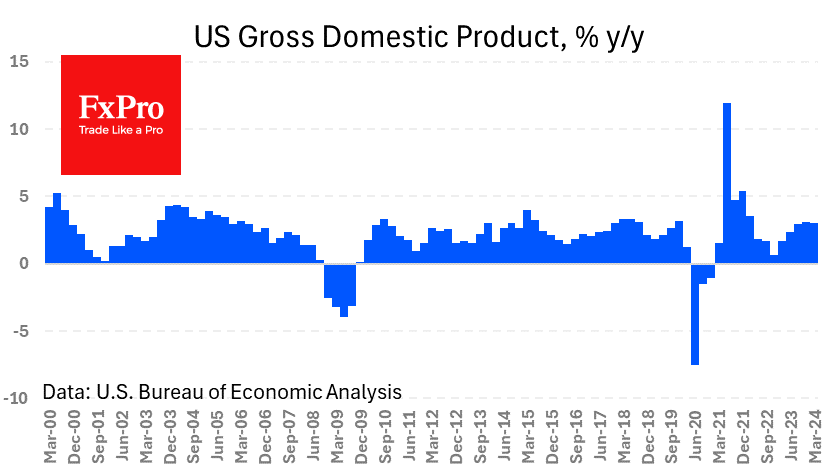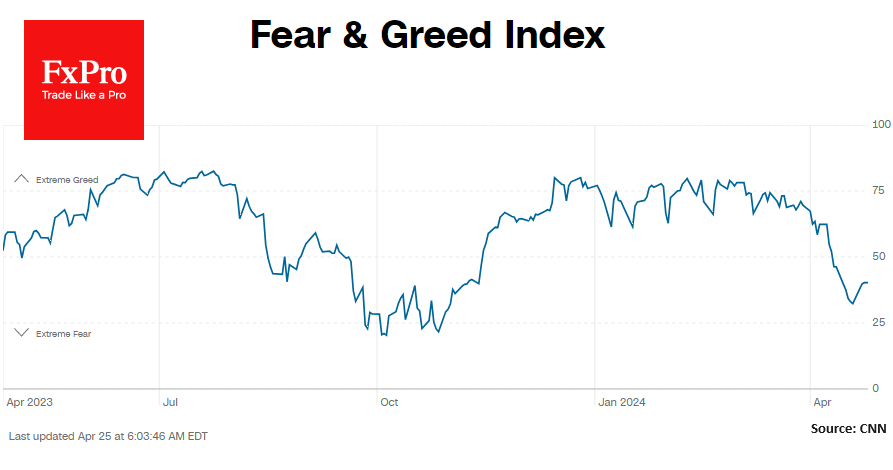Ethereum 2.0’s long and winding road to scalability launch
November 19, 2020 @ 15:07 +03:00
On Nov. 4, Ethereum (ETH) core developers hit a significant milestone. In a “quick update” on the Ethereum Foundation blog, developer Danny Ryan confirmed the release of the v1.0 specs for the hotly anticipated Ethereum 2.0 upgrade, which includes the mainnet deposit contract address. Anyone who wants to participate as a validator on the Ethereum 2.0 mainnet can now start depositing their minimum stake of 32 ETH.
The initial results looked promising, with 14,000 ETH (worth around $5 million) staked in the first eight hours alone. However, the developers have set a minimum total stake of 524,288 ETH from 16,384 validators as the trigger for launching the mainnet, known as the beacon chain. The target must be met at least seven days beforehand, so by Nov. 24. If this doesn’t happen, the launch will take place seven days after the minimum staking threshold is met.
At the time of writing, less than 20% of the total amount has been staked. If staking continues at the current rate, the Ethereum 2.0 mainnet will launch not on Dec. 1, but in the early weeks of 2021. Of course, the participation rate could change. As Nov. 24 draws closer, the growing anticipation may encourage more people to stake their ETH. Ben Edgington, the lead product owner at ConsenSys Quorum Protocol Engineering advising on Ethereum 2.0 development across the ConsenSys organization, maintains a positive outlook on the Dec. 1 launch date, telling Cointelegraph: “I expect that the pace of deposits will accelerate sharply as the cut-off date nears. There’s little benefit in staking early, so I think people are just taking their time. Whether there will be enough to push us over the threshold in time is hard to judge, but I remain optimistic. If there is a delay to genesis, I expect it to be short.”
The numbers show that the potential is there, as the number of addresses holding 32 ETH hit an all-time high of 126,852 in the hours following the news. This means that fewer than 13% of addresses need to participate to hit the threshold.
On the other hand, those who do stake will be locking up their tokens in a one-way contract until the current Ethereum mainnet joins the beacon chain. Exactly when this happens, nobody knows, although the current Ethereum 2.0 roadmap specifies it will be in 2021.
Whether the beacon chain launches on Dec. 1 or in the weeks following, there won’t necessarily be any “big bangs” to look forward to on the launch. The role of the beacon chain is to secure transactions on shard chains, which won’t be available until later. The current Ethereum 1.0 mainnet will continue running as it does now.
The road to sharding
So what are the next steps, and when can Ethereum become fully scalable? The beacon chain launch is known as Phase 0 on the Ethereum 2.0 roadmap. The next significant developments are slated for 2021 and will involve the launch of 64 shard chains, which will operate under the proof-of-stake consensus validated by those who staked ETH. However, in their initial state, shard chains won’t support smart contracts or user accounts.
Perhaps the most significant milestone for the existing Ethereum 1.0 ecosystem will be Phase 1.5, when the Ethereum mainnet joins the beacon chain as a shard chain. This will mark the transition of Ethereum to a full proof-of-stake consensus. Again, it’s set to happen in 2021, but no exact date is available as of yet.
Only when the final stage of Phase 2 comes around will it be possible to assess the full effect of the Ethereum 2.0 upgrade on the network’s scalability. At this time, shards will be fully operational, supporting smart contracts and all transaction types. However, this could be as long as two years away. On the roadmap, the Ethereum Foundation states, “Phase 2 is still very much in the research phase,” effectively confirming that development isn’t yet underway.
It’s worth pointing out that the arrival of Ethereum 2.0 won’t negate the development efforts of the layer-two platforms currently attempting to solve for scalability. Instead, technologies such as rollups or side chains will continue to help Ethereum 2.0 scale beyond its renewed capacity once sharding is fully implemented.
So, strap in and settle down for a long ride. Ethereum 2.0 may be gearing up for an initial launch, but it’s still only the first of many steps on the long road to scalability. The ongoing development of layer-two solutions means there’s plenty of company along the way.
Ethereum 2.0’s long and winding road to scalability launch, CoinTelegraph, Nov 19








